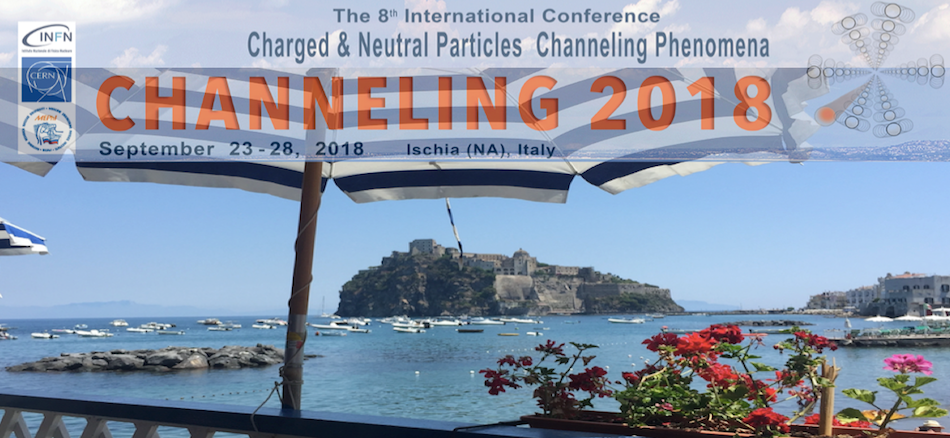Speaker
Dr
Pavel Karataev
(Royal Holloway, Unviersity of London)
Description
Development of non-invasive instrumentation for modern and future accelerator facilities including linear and circular colliders and X-ray free electron lasers has become a separate area of research in accelerator physics during the past two decades. The reason is that the usage of any invasive devices is excluded in high-energy particle accelerators because of safety reasons.
Since the beginning of the race several techniques have been developed: beam position sensors, laser based beam diagnostics, diffraction radiation, residual gas luminescence, etc. Most of these techniques are based on the fact that an ultrarelativistic charged particle non-invasively interacts with surroundings via its electric field extended in transvers direction. A search for new methods and geometries is on because there are still some beam parameters which can not be monitored non-invasively. Moreover, some of available techniques have limitations on resolution, accuracy and flexibility.
Metamaterials offer an exciting new avenue for particle accelerator applications. For example one can design material with a negative refractive index. We design, manufacture and test of such a metamaterial - Pendery’s split ring resonator with the wire array. The application under consideration is the use of a metamaterial target as non-invasive radiation generator via coherent Backward Cherenkov Diffraction Radiation process. In particular this material is intended to isolate a narrow band within a wide spectrum and send it in the direction available in an experimental facility.
The design consists of metallic split ring resonators and bars, separated by a silicon wafer. For our frequency range of around 10 GHz the best manufacturing technique is to deposit thin metal films on Si wafers through a thin metallic mask and to assemble a stack of such wafers. The assembly is positioned with respect to the beam at the angle determined by the requirement of not having total internal reflection due to the Snell’s law. The material is compared to the simulation results using a VNA and horn antenna setup in open air. Finally, the Cherenkov radiation spectrum generated by the interaction of the target and a relativistic electron beam will be compared to a Teflon target of the same geometrical dimensions.
In this report we shall present the radiator design, test results and future plans.
Author
Dr
Pavel Karataev
(Royal Holloway, Unviersity of London)

